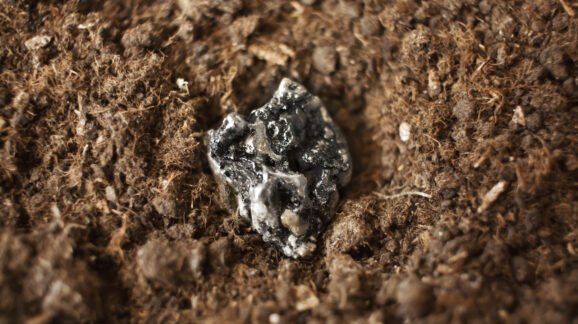in turn enable further types of interactions beyond the realm of business. The genius of the market is that it enables a wide array of individuals, groupings, and associations to organize spontaneously to advance their various interests in a cooperative fashion that yields win-win arrangements.
Featured Posts

Blog
Rare earths and China: Choose deregulation, not price controls
Treasury Secretary Scott Bessent threatened to implement price controls on unspecified goods if China continues to restrict rare earth mineral exports. Over at the…

Blog
A Nobel for human progress
This year’s economics Nobel Prize went to three students of the two most important questions in economics: Why have living standards in rich countries improved…

Blog
Free the Economy podcast: Reforming Social Security with Romina Boccia
In this week’s episode we cover a new study on pharmaceutical tariffs, whether to expect a new Great Depression (via Phil…
Search Posts
Blog
Anti-Capitalism on Campus
Prof. Brad Thompson of Clemson University writes this week in Minding the Campus on the impact of corporate donations to institutions of higher education. In particular, he describes…
Blog
Calling All Public Choice Scholars
Earlier this month the Cato Institute generously hosted a small roundtable discussion of CEI’s recent study “Virtuous Capitalism: Why there Is Less Corruption in…
Blog
Virtuous Capitalism in Theory and Practice
Government is responsible for billions and billions of dollars of corruption and corporate welfare. Considering the potential returns on investment compared to honest entrepreneurship, it…
Study
Reviving Capitalism
The near-death and rebirth of American railroads is a case study in business leaders fending off regulation.
Blog
Sell a Kidney, Save a Life
Last week I blogged about the idea that some things should not be part of a market economy, and highlighted one rather silly example of…
Blog
Virtuous Capitalism, or, Why So Little Rent-Seeking?
The venerable Fred Smith and I have a new paper out today. Click here to read it. In the paper, we try to solve the Tullock…


